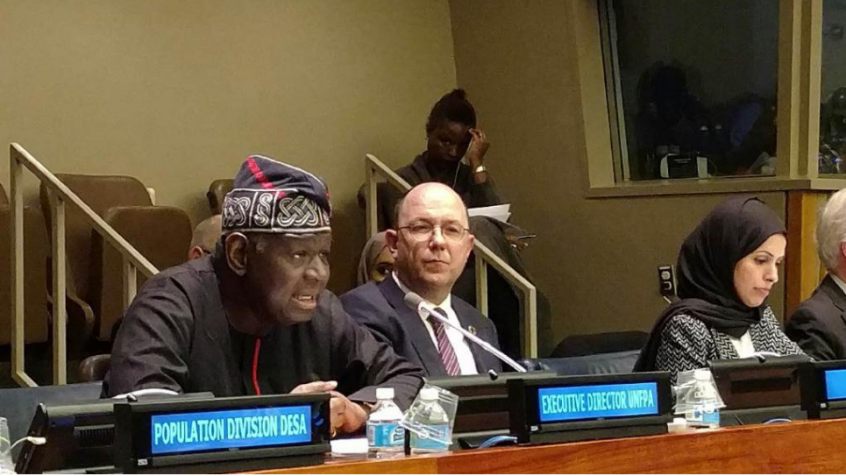
Commission on Population and Development: Changing population age structures
Changing population age structures and sustainable development was at the center of the debate at the 50th session of the Commission on Population and Development (CPD) last week in New York.
Speakers at the event emphasized that the world’s population had substantially increased in size and had seen dramatic shifts in its distribution by age and by place of residence since the first session of the CPD 70 years ago.
“When the Economic and Social Council created this Commission in 1946, the world’s population looked very different from what we know today,” said Maria Luiza Ribeiro Viotti, Chef de Cabinet of UN Secretary-General António Guterres on his behalf. “People today are living longer and healthier lives than ever before — among the greatest of humanity’s achievements.”
Speakers noted that the major shifts in population age structures were signs of success reflecting higher rates of survival from childhood to adulthood and longer life spans, and the greater ability of couples to choose the number and timing of any children they desire.
John Wilmoth, Director of UN DESA’s Population Division highlighted the policies Member States are already implementing to adapt to these changing demographic circumstances. “In ageing societies, social protection mechanisms, pension systems and health care programmes are being adjusted and strengthened,” Wilmoth said.
“Women’s participation in the workforce is being supported more than ever before, and some countries are slowly pushing up the age of retirement. At the same time, there is an increasing recognition that international migration can help to rejuvenate populations and slow the rate of population ageing.”
Speakers highlighted the necessity of investing in the human capital of their populations, especially their youth through policies and programmes to improve youth’s access to education, health, and employment. Attention was drawn to the reproductive health needs of youth, as well as to the prevention of adolescent pregnancy, child and early marriage, violence against youth and gender-based violence.
At the same time, countries detailed policies and programmes to address the health, welfare and inclusion of their rapidly growing older populations. Some Member States highlighted that migration and refugee movements present unique challenges related to the changing population age distributions, the introduction of new cultural practices, and to labour markets.
Countries further stressed the importance of improving data and statistics for monitoring demographic trends and development, and the need for capacity development in this regard.
Participants included delegations from 46 elected members of the Commission and observers from about 80 other Member States, two non-Member States, and several intergovernmental organizations, United Nations regional commissions, and other entities. Roughly 160 representatives of more than 65 non-governmental organizations participated as well.

Follow Us